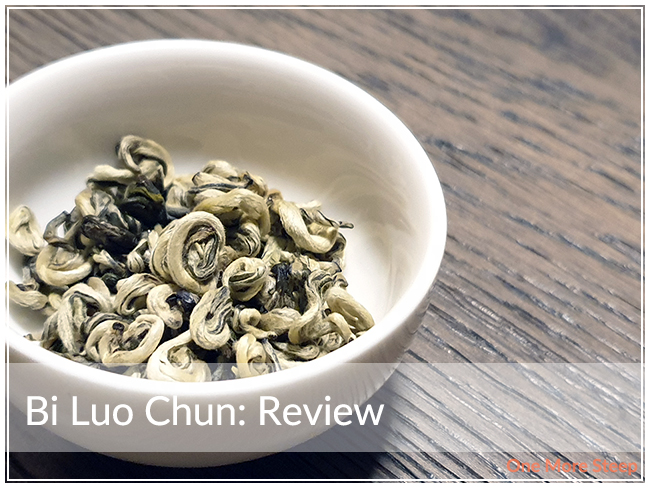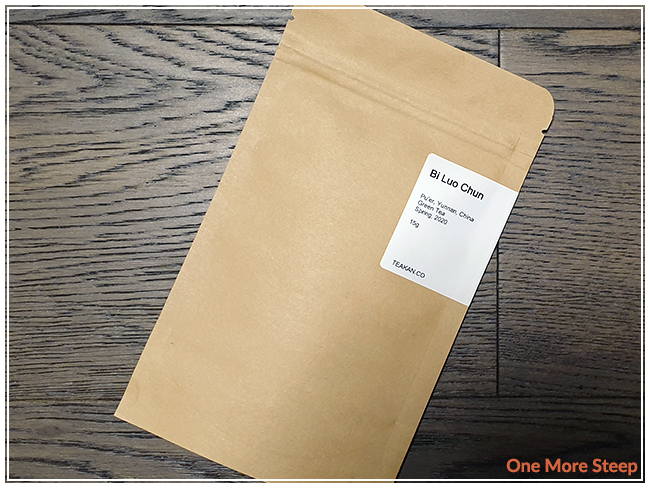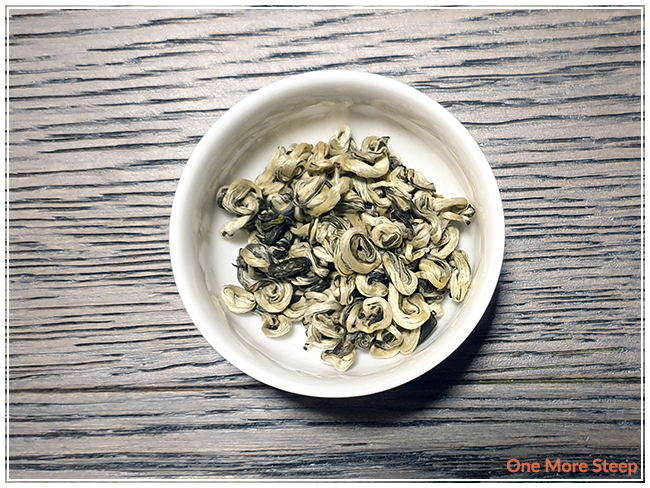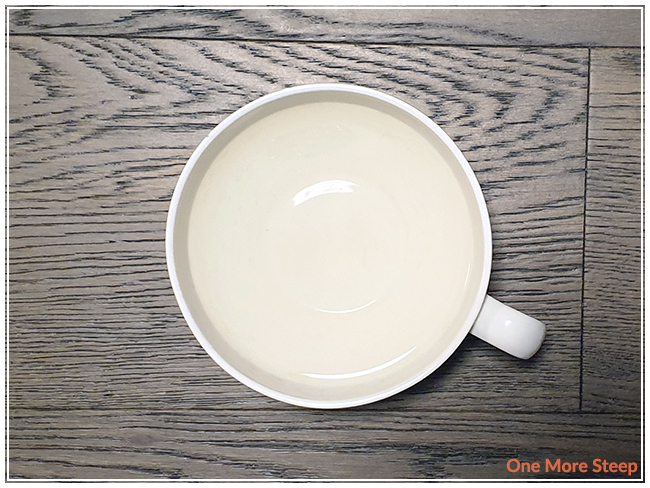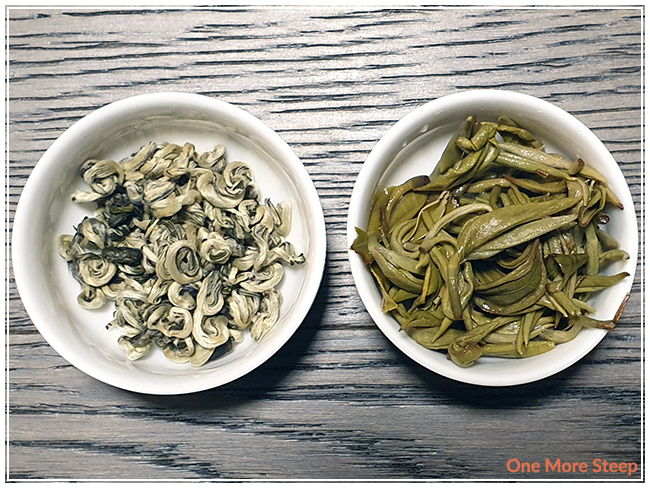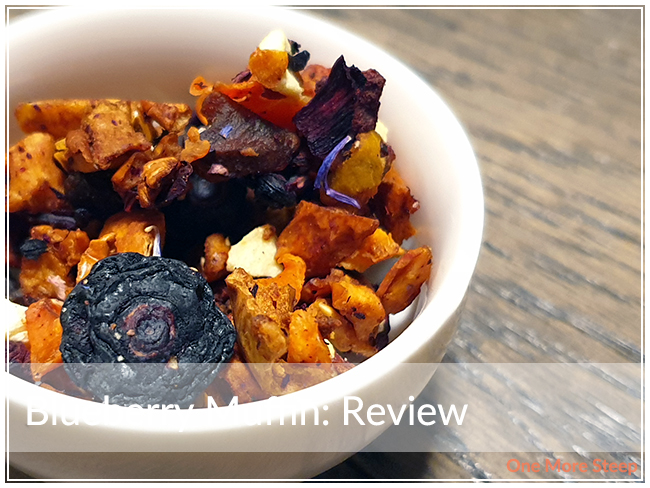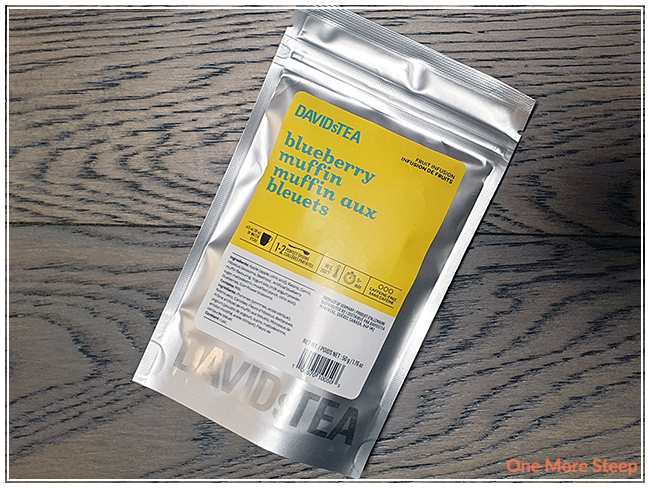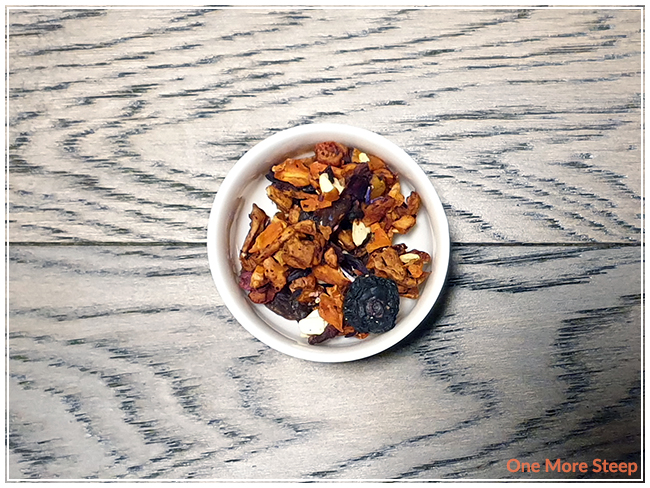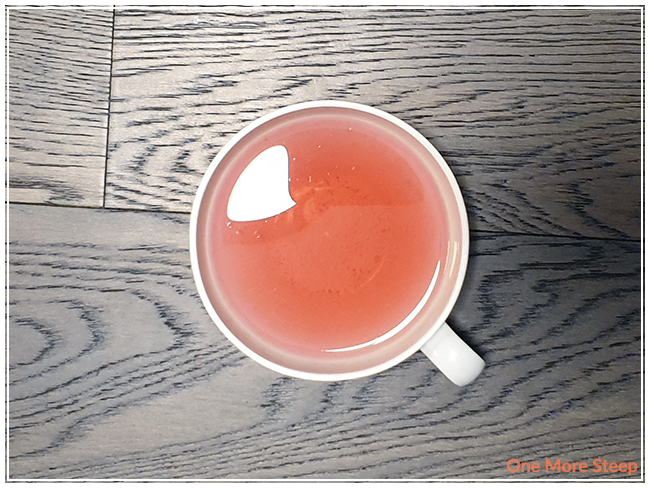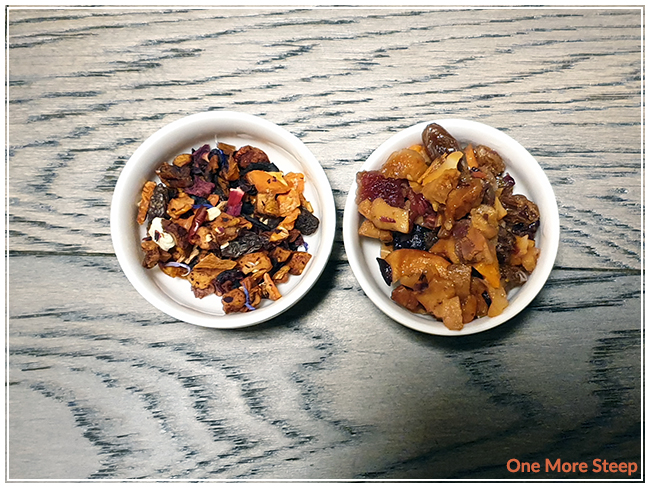Sheng Pu’erh by DavidsTea
Pu’erh Tea / Straight
$10.98 for 50g
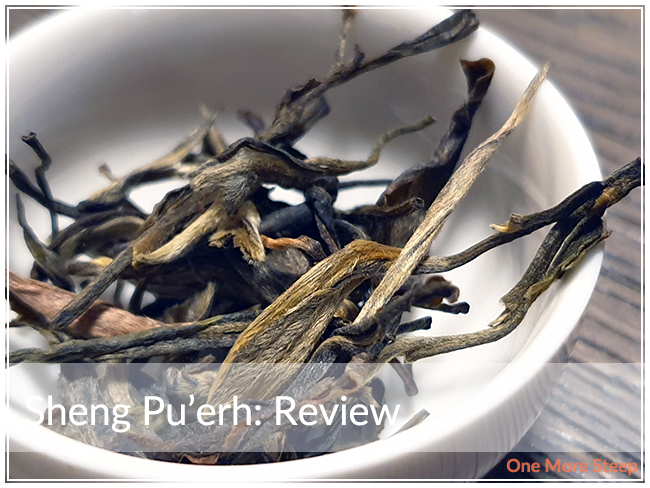
First Impressions
Sheng Pu’erh is not a tea that I would have necessarily picked out for myself a few years ago, but 2020 is a year of confusion, mystery, and Michelle trying new things. Because why not? Sheng Pu’erh comes in a very familiar silver pouch from DavidsTea – sealed and resealable. It is a larger bag than you’ll usually find 50g of tea in, which lends me to believe that it’ll be an airy tea and just a very ‘light’ tea overall.
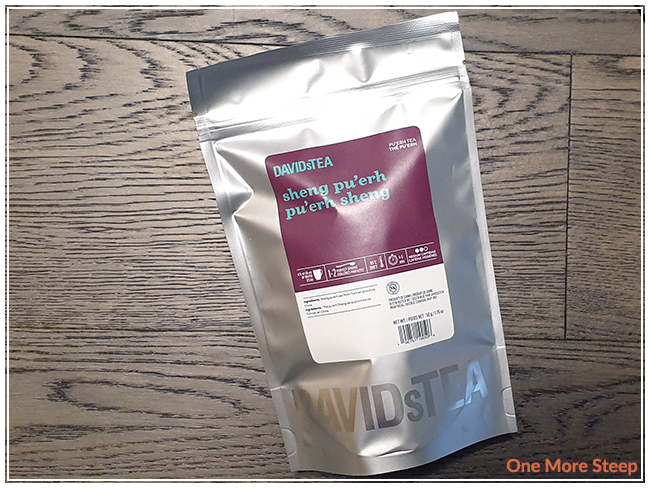
The leaves of Sheng Pu’erh are lightly twisted and have a range of colours from dark brown to a reddish brown colour to even a cream colour for the leaves that show some feathery bits to it. Sheng Pu’erh consists only of sheng pu’erh tea from Yunnan Province, China. The aroma is a mix of earthy and roasted nuttiness. I found out from the DavidsTea website that their Sheng Pu’erh is only a year old, so there’s still room for improvement on the tea itself if you allow it to age.
For those new to pu’erh, there’s two basic types: sheng and shou. Sheng is raw while shou is ripe – sheng is less processed and shou is more processed. I’m still not too familiar to the ins and outs of pu’erh tea and I don’t even remotely pretend to be an expert on it – but I’m in the process of learning! More on that later…
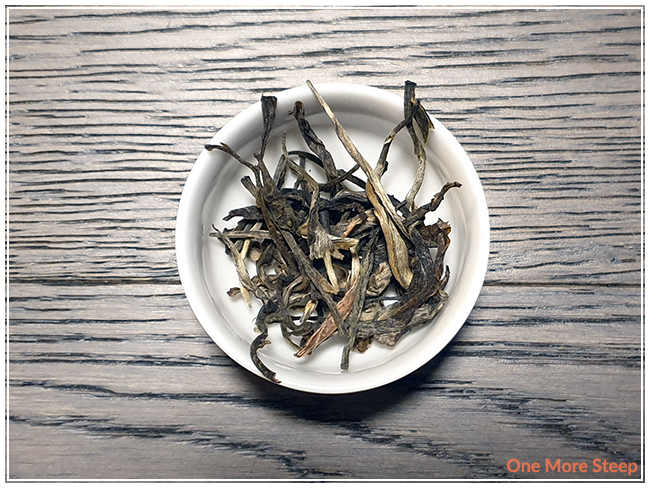
Preparation
DavidsTea recommends steeping Sheng Pu’erh in 95°C (200°F) water for 4 to 5 minutes. I opted to do a quick rinse of the leaves first with the same temperature water before doing a steep time of 4 minutes.
A quick rinse is just like it sounds: pour the heated water over the leaves in the tea pot, and immediately pour it out before it really gets a chance to steep. Then continue the steeping process as normal. Rinsing helps to ‘wake up’ pu’erh tea leaves a little bit, and is a common technique when starting a steep of pu’erh leaves.
First Taste
Sheng Pu’erh steeps to a light golden yellow. The aroma is slightly smoky, earthy, and something that reminds me of mushrooms. It has a nice slightly thickened texture, and is a smooth sip. The flavour stays the same throughout the sip, and it just has a bit of a gentle mouthfeel that allows the flavour to coat in the inside of your mouth without an lingering aftertaste.
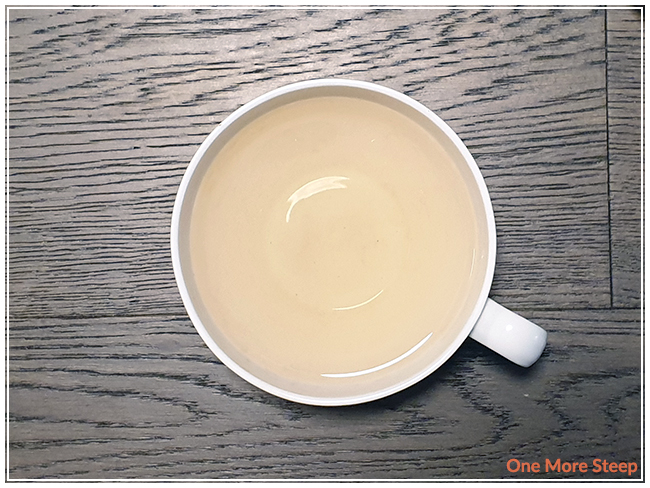
A Second Cup?
I resteeped Sheng Pu’erh four times (five steeps total), and added an additional 30 seconds for each subsequent steep. The leaves really opened up from the dried state and you can see the texture in the full leaves after they opened up after all the steeps. The flavour does deepen as you go and remains fairly faithful to the initial steep. It does get a bit more earthy and the smoky notes lessen with the subsequent steeps.
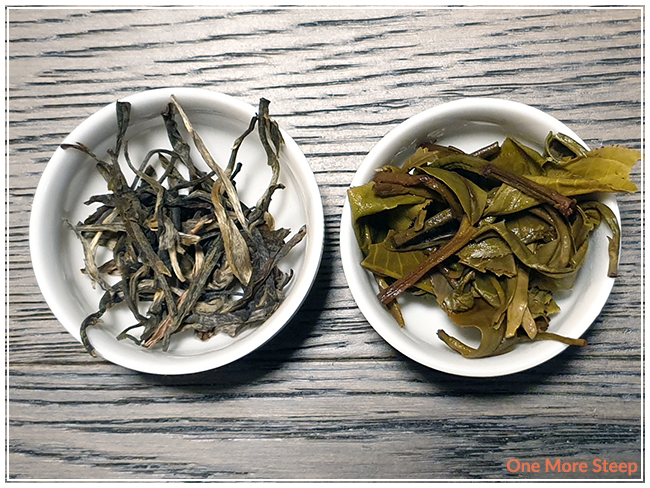
My Overall Impression
![]()
I loved DavidsTea’s Sheng Pu’erh. I found it to be a very pleasant cup of tea, and it really reminds me of a pu’erh that you might get with dimsum at a restaurant (I miss dimsum!). There’s a nice earthiness to it that isn’t overpoweringly robust, and the texture of the tea is just smooth. I would liken this to being a good introductory pu’erh because it’s not over the top in flavour, but it doesn’t lack in flavour either. There’s nothing particularly offensive about it, which I can sometimes find fault in for other pu’erh teas, but just makes for a decent, standard cup of pu’erh (which isn’t to say that as a bad thing, but it makes a nice introduction, and I kind of wish that this had been one of my introductory pu’erh teas myself when I first started branching out).
Curious about the cup rating system? Click here to learn more.
